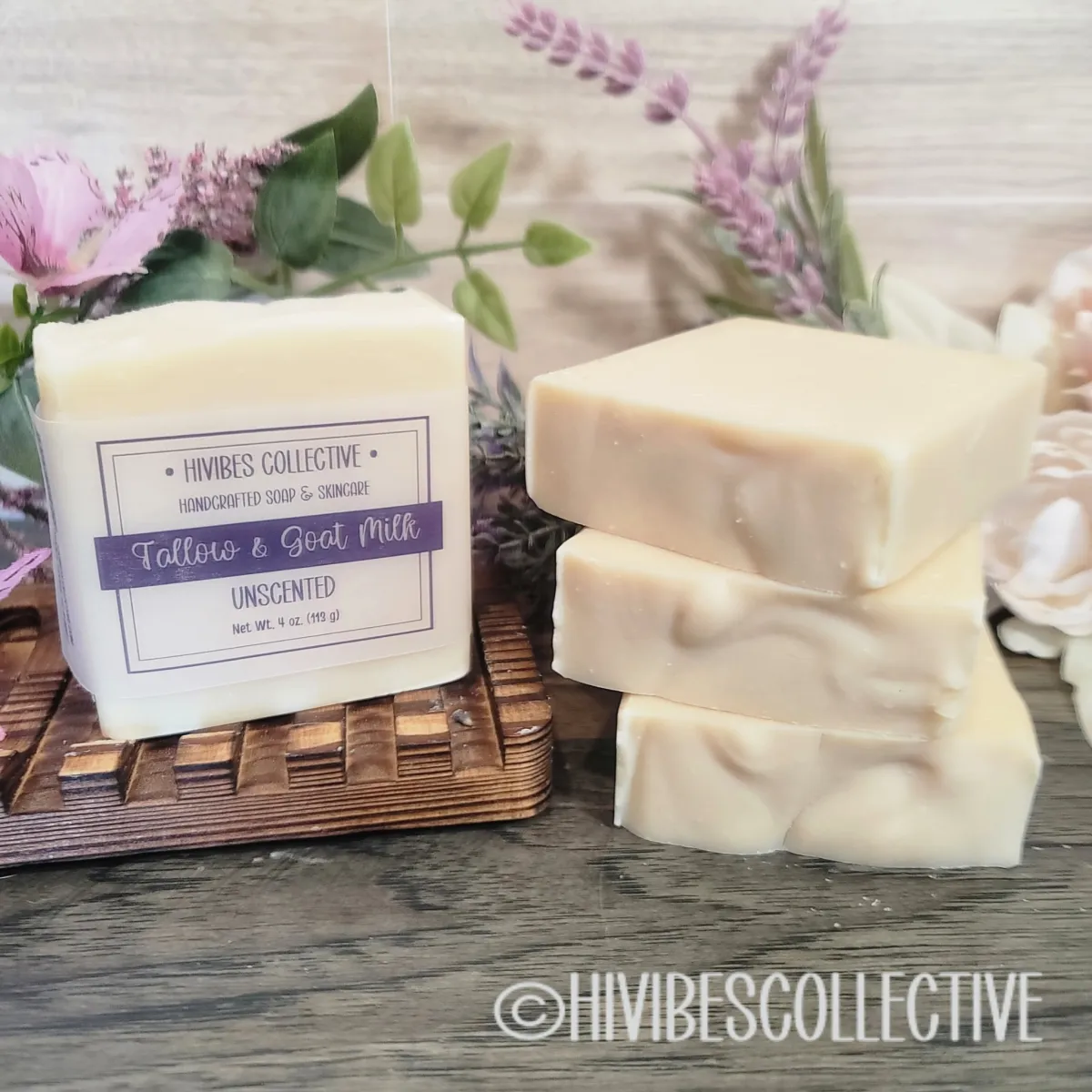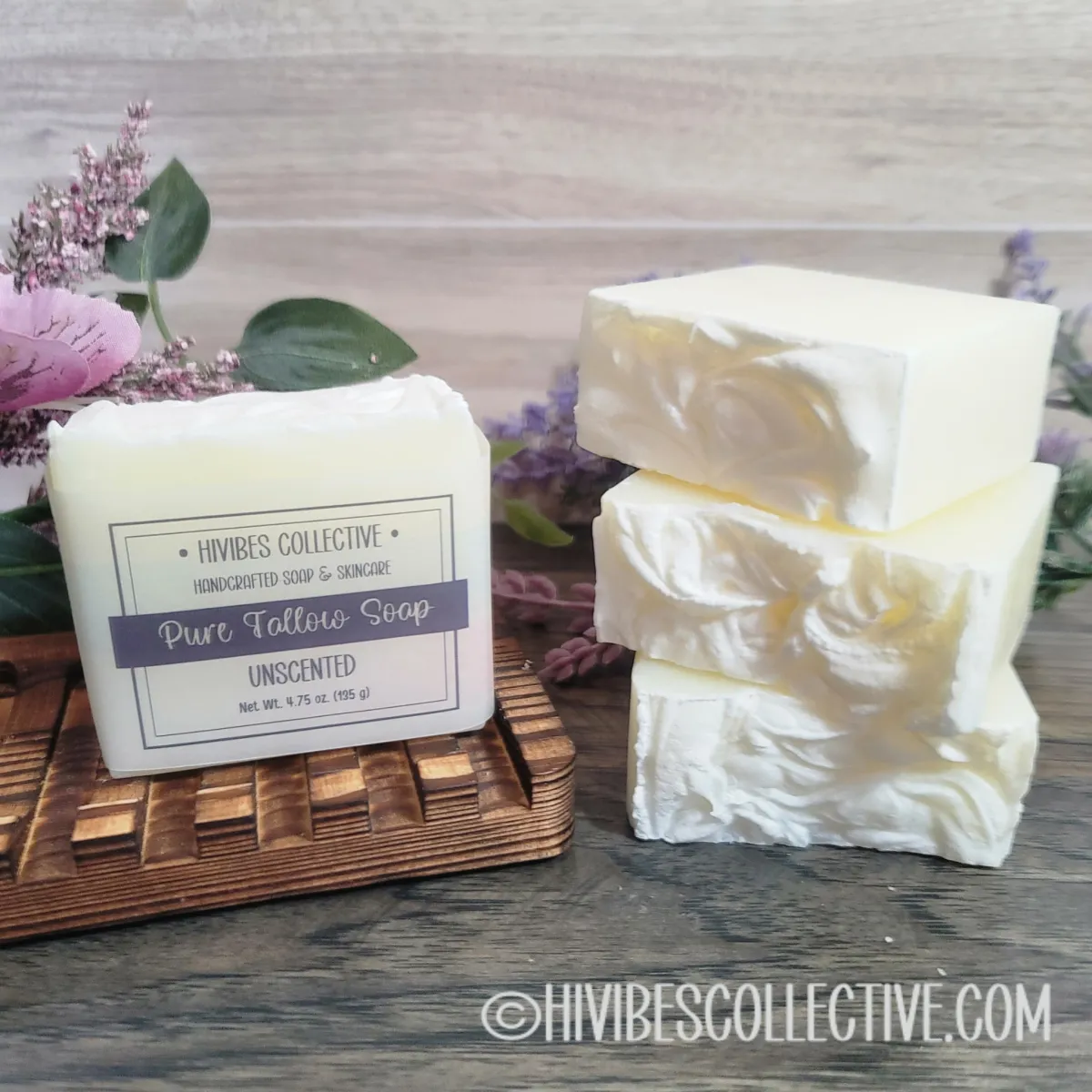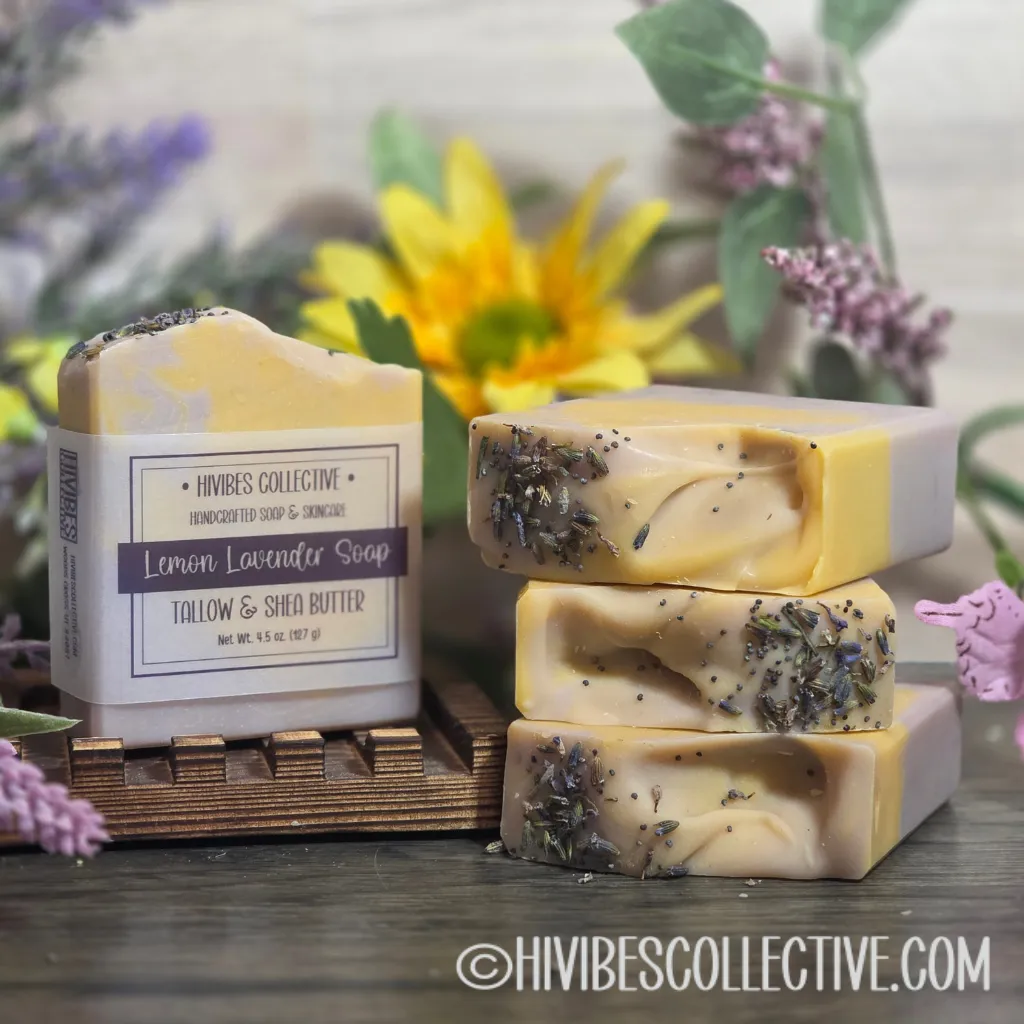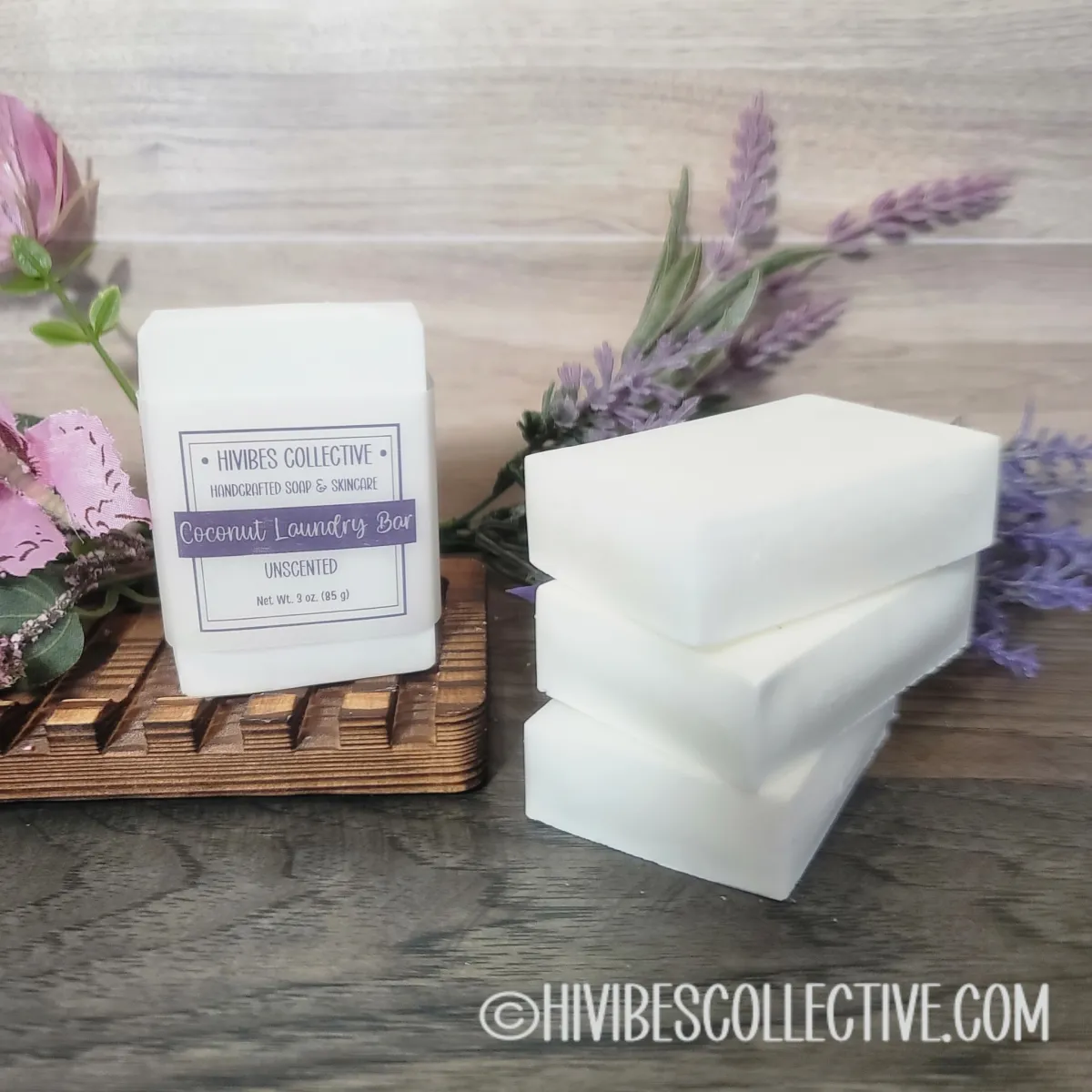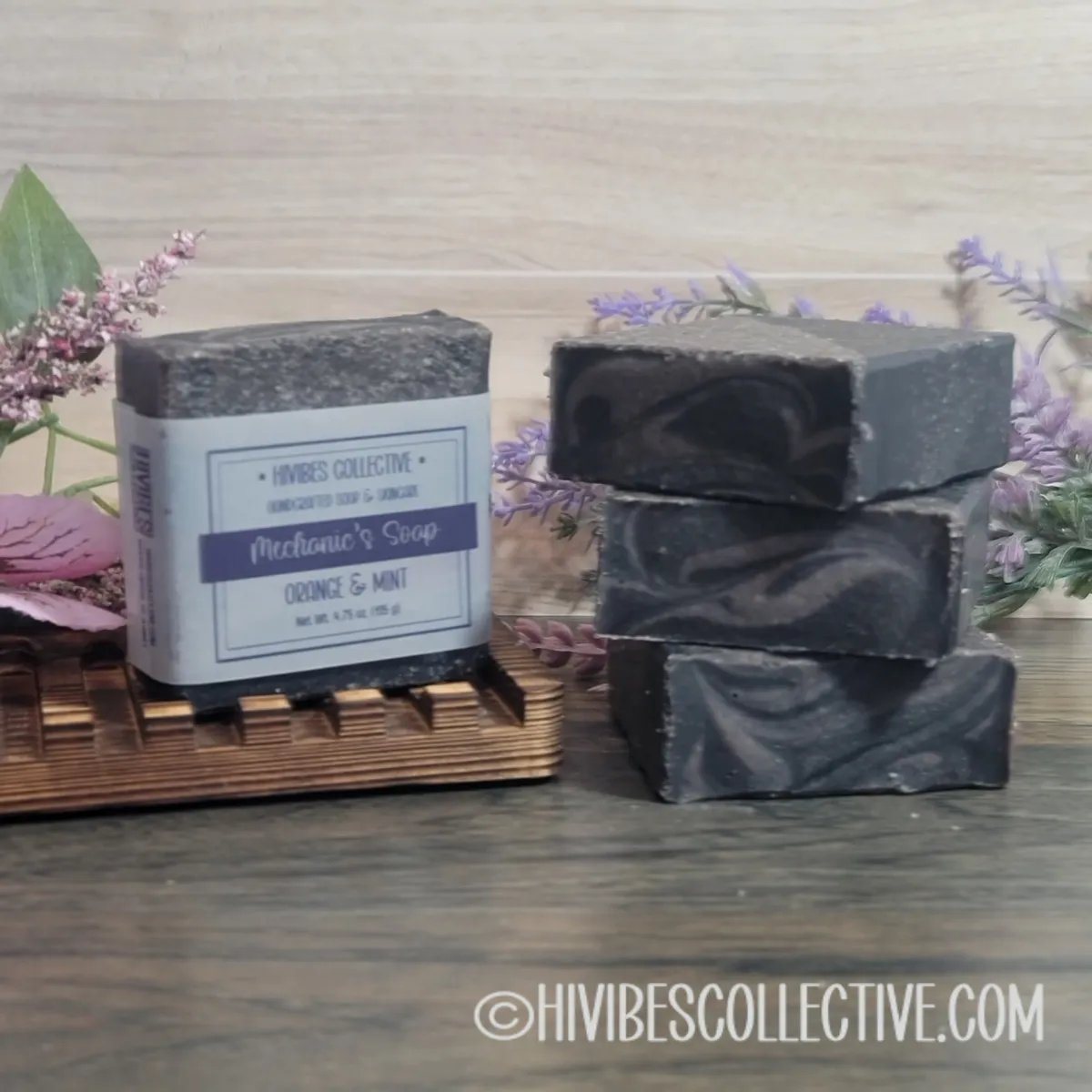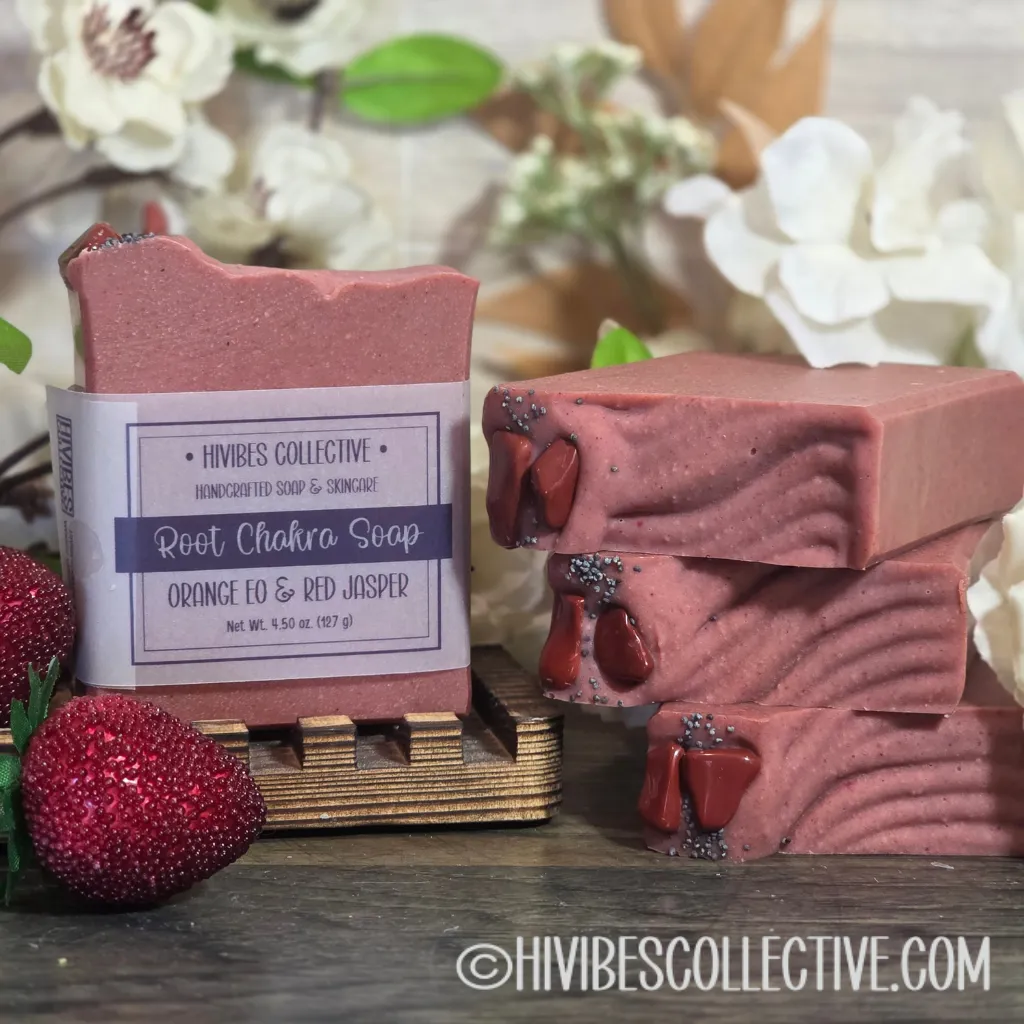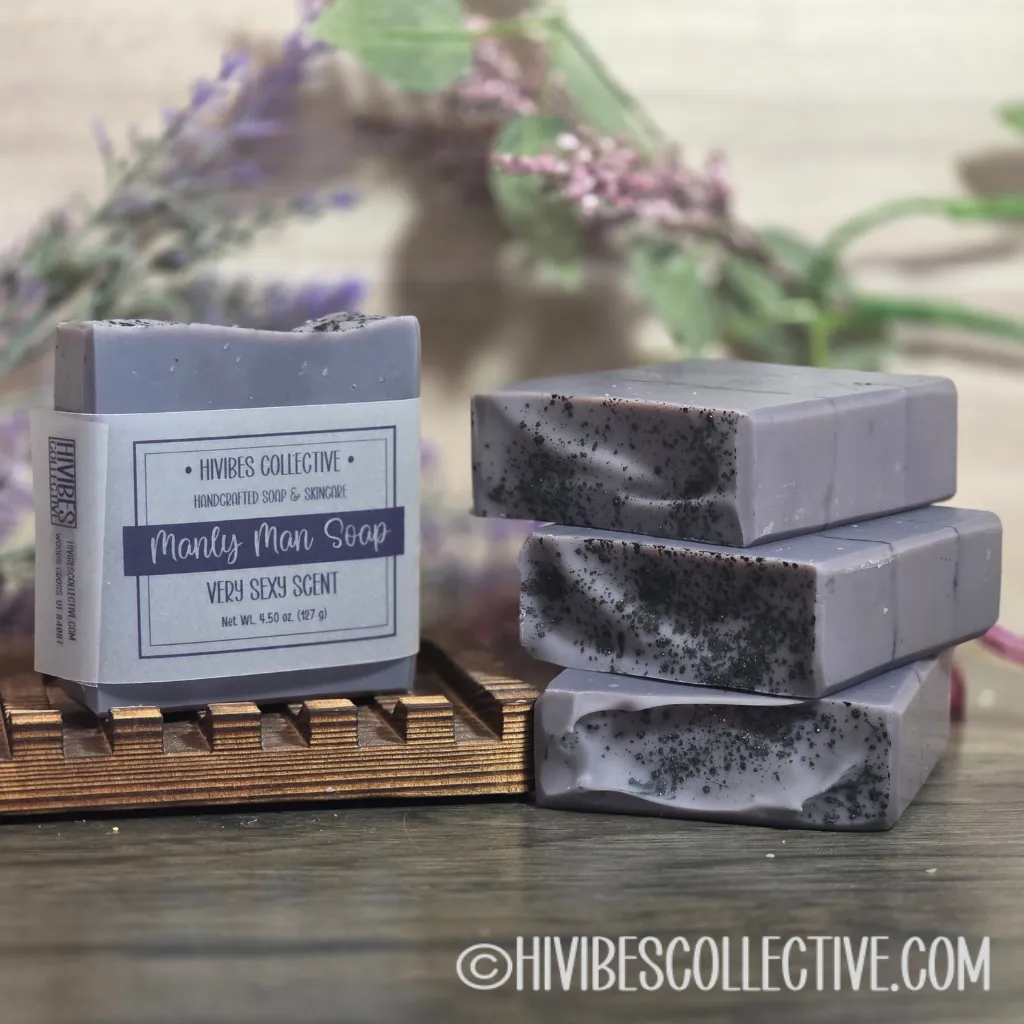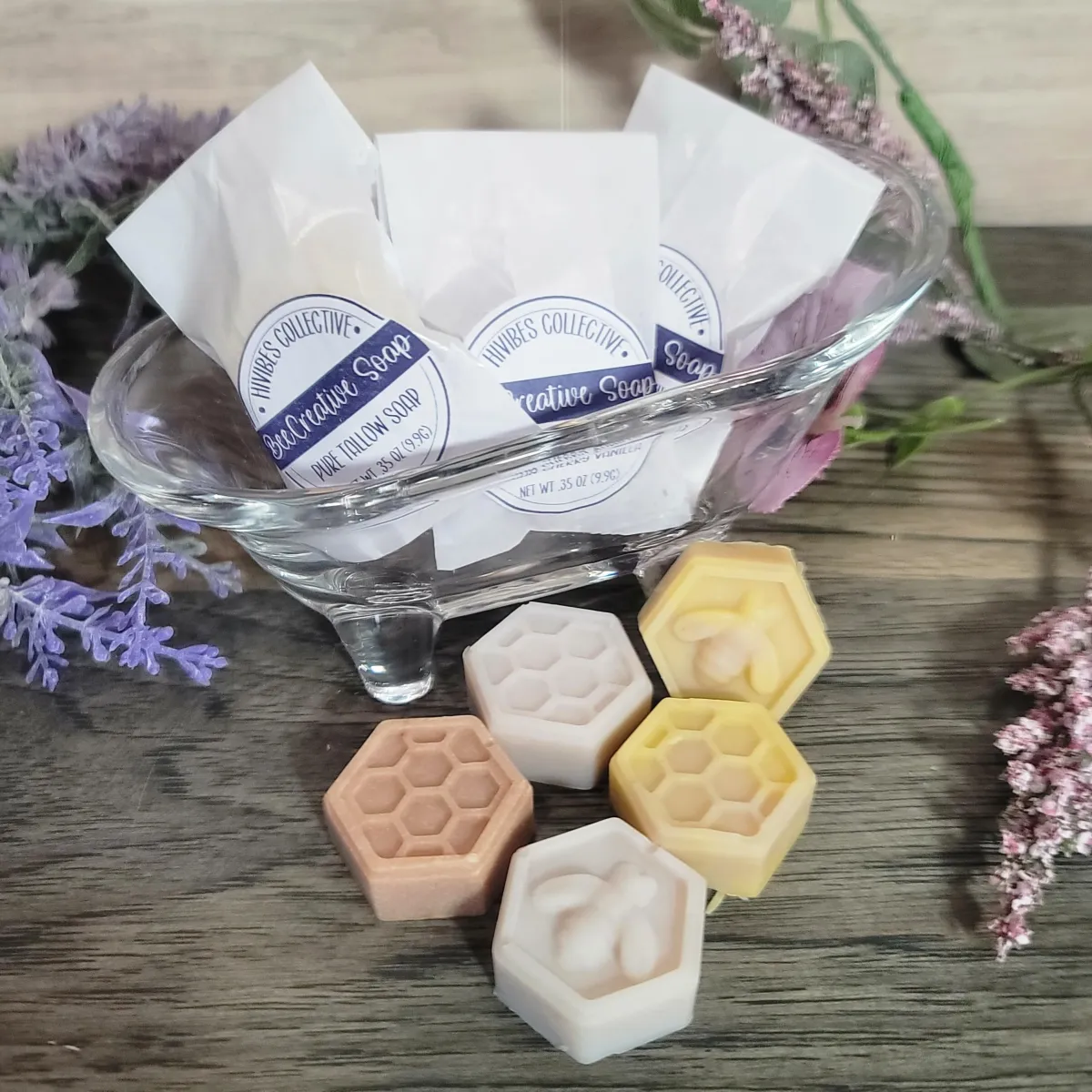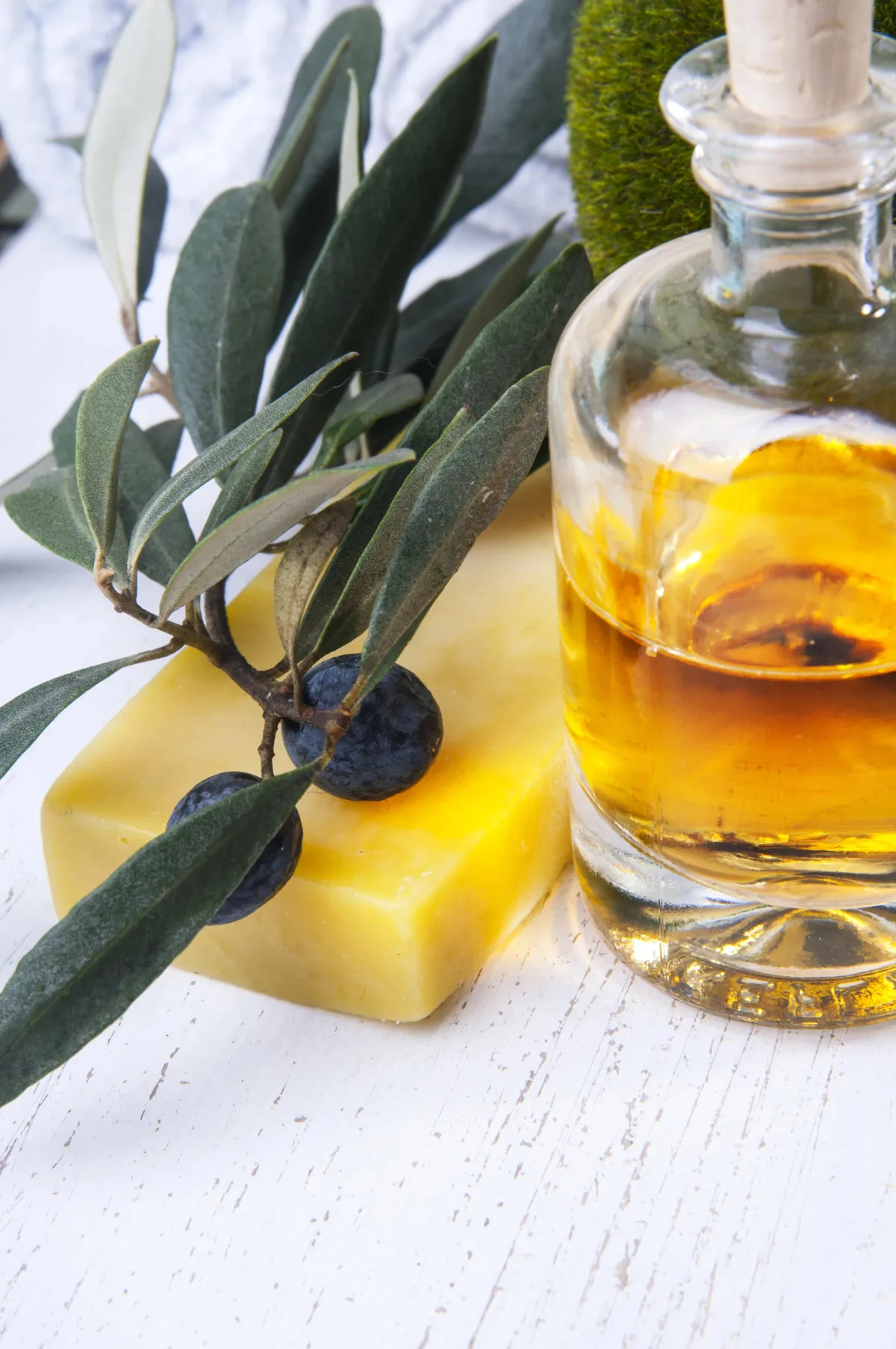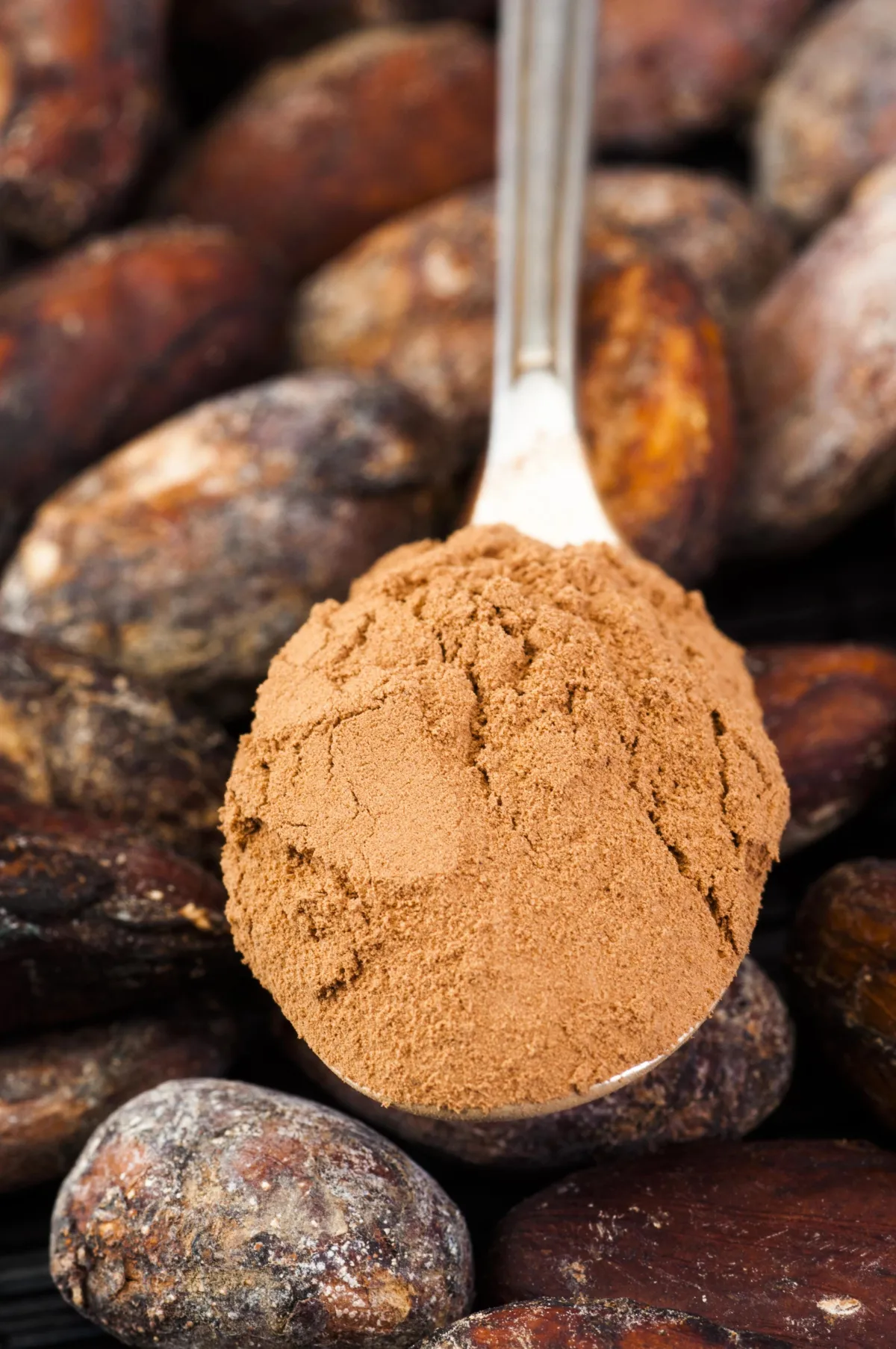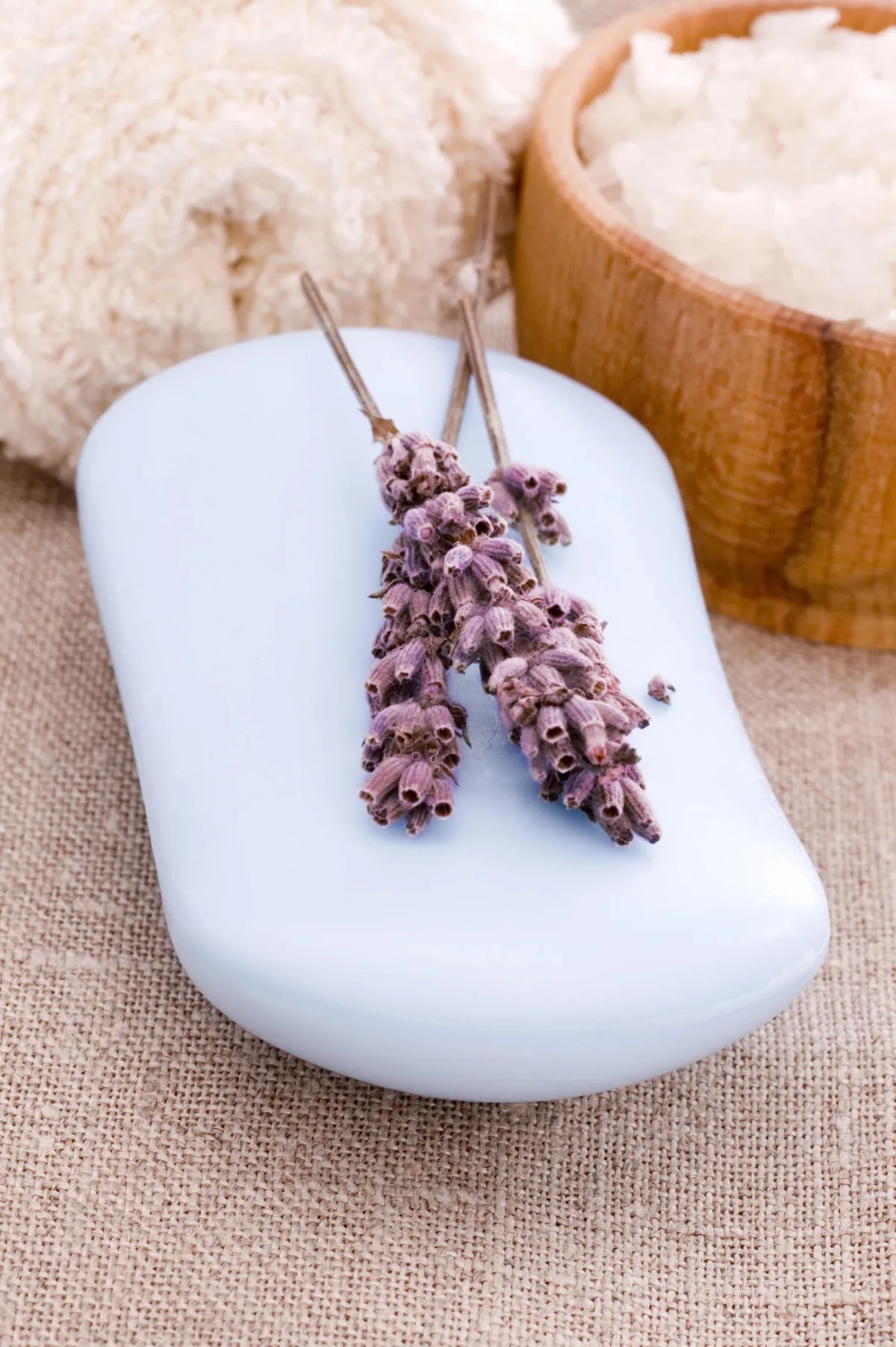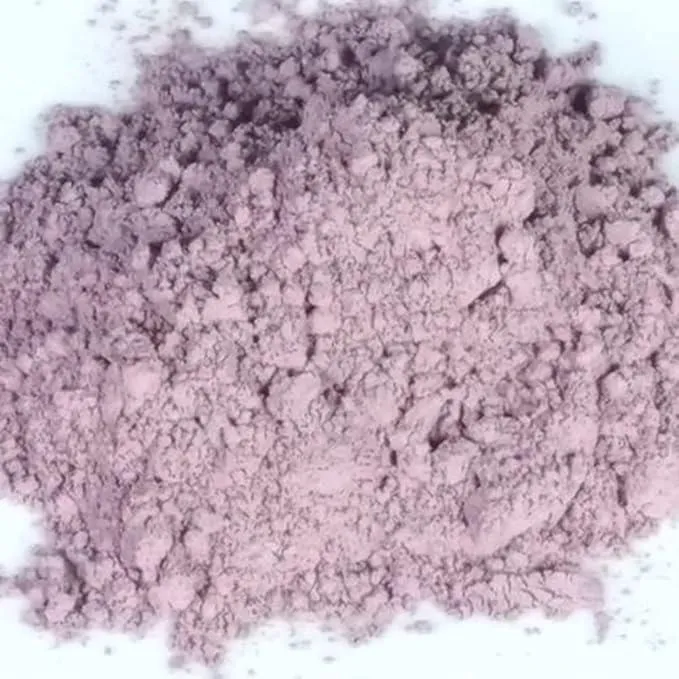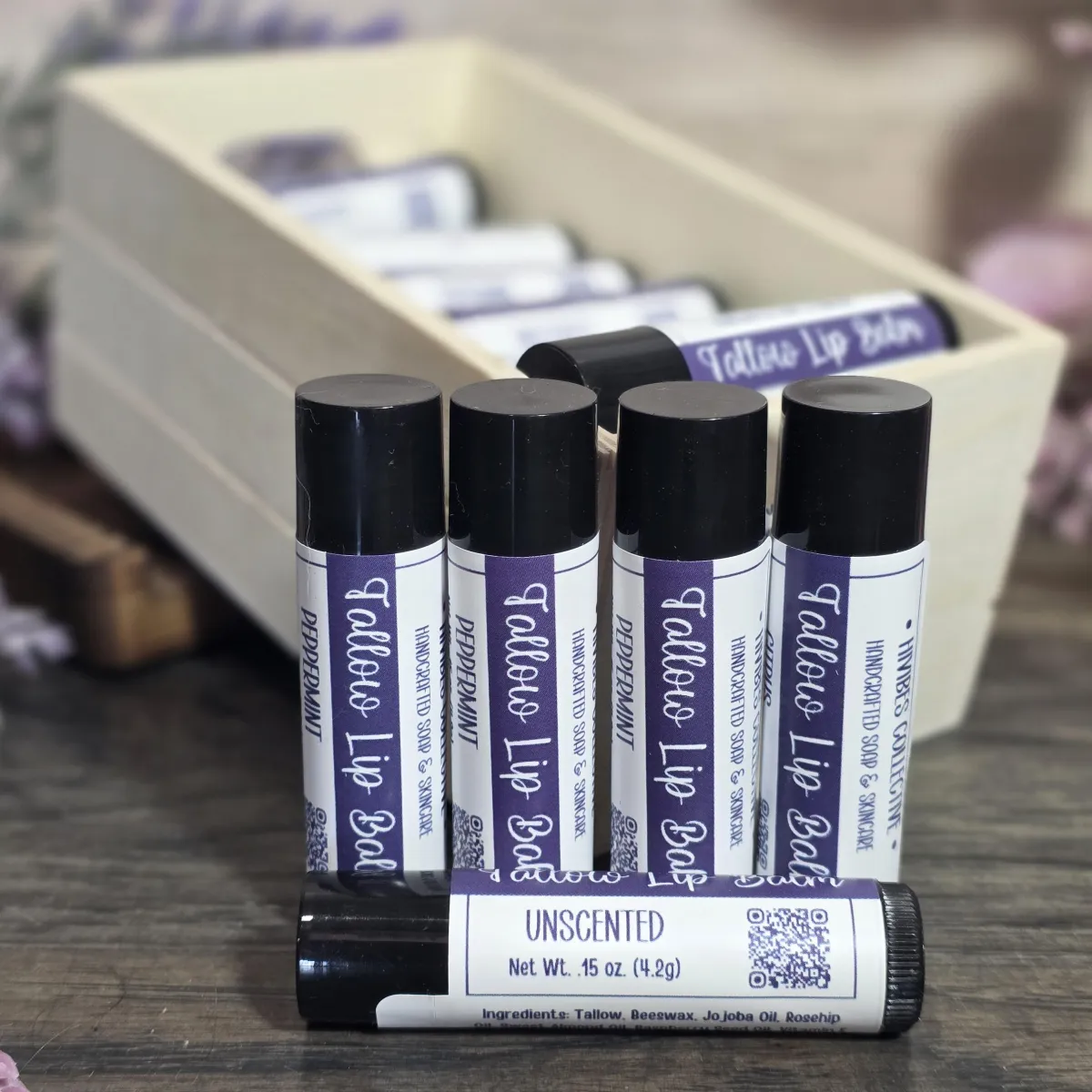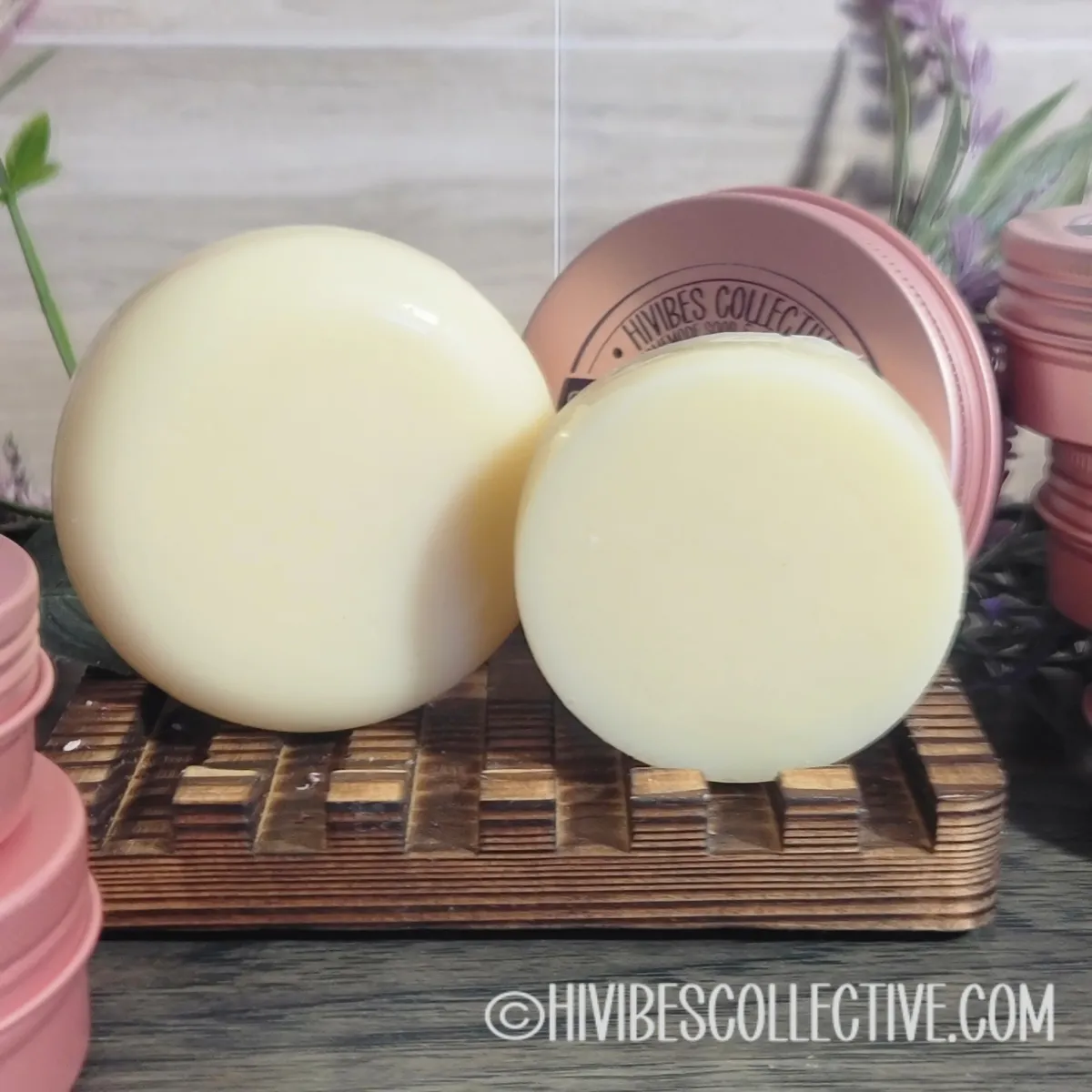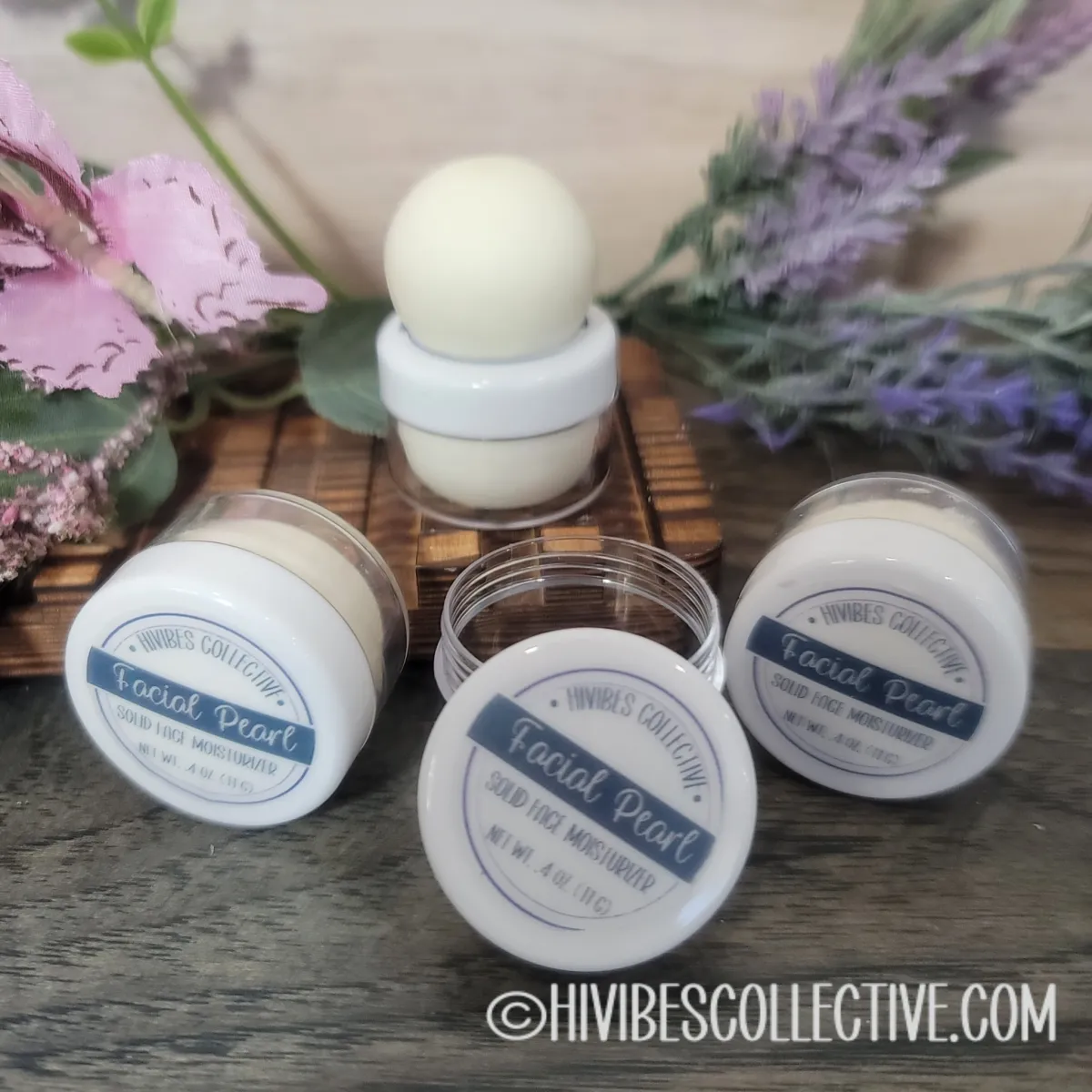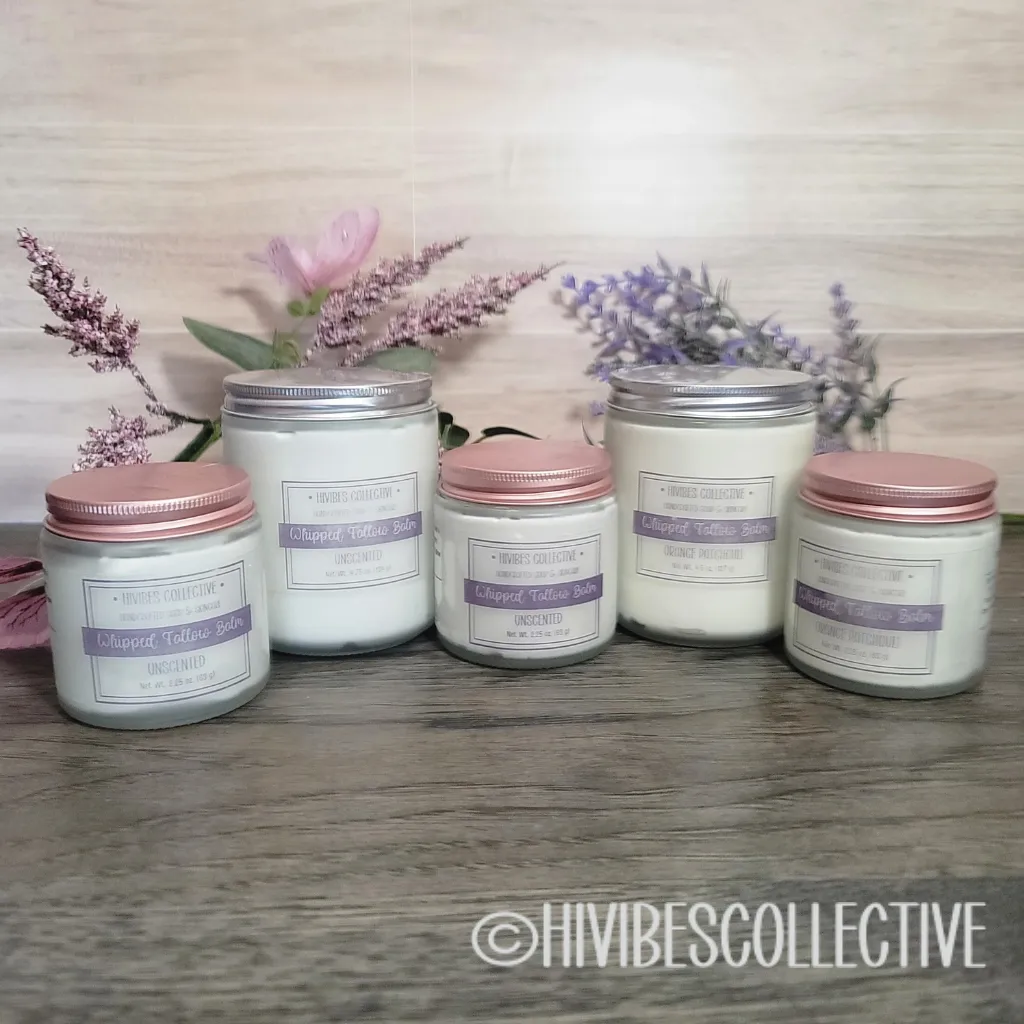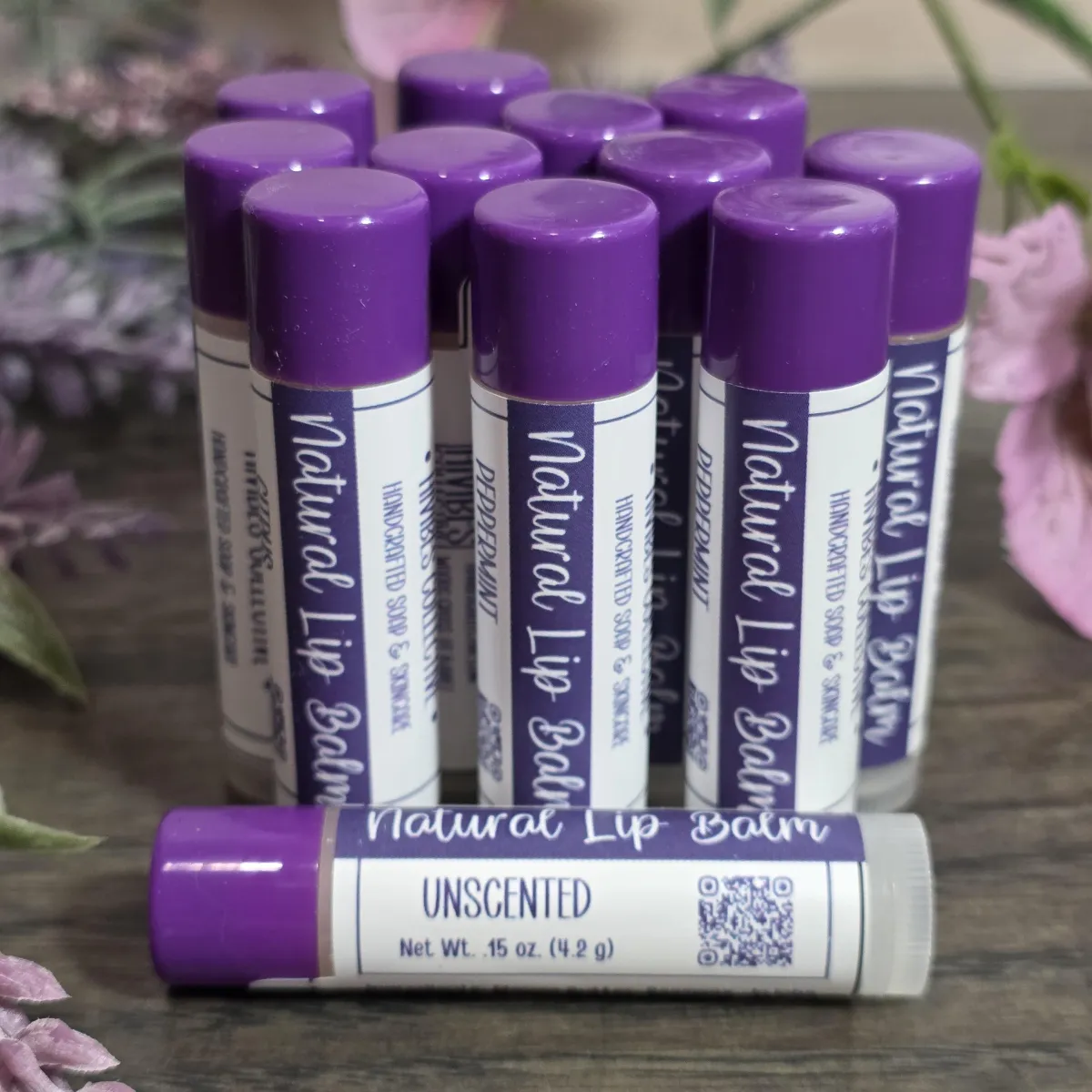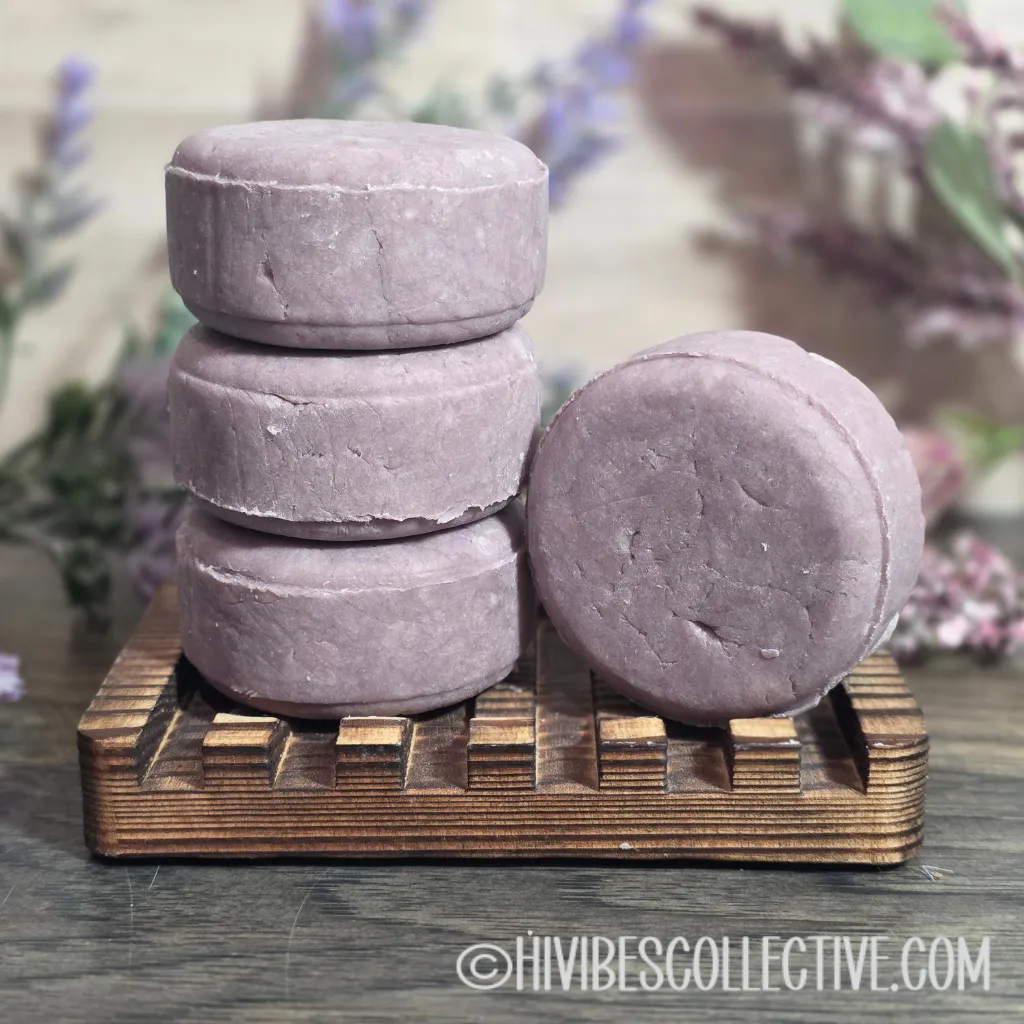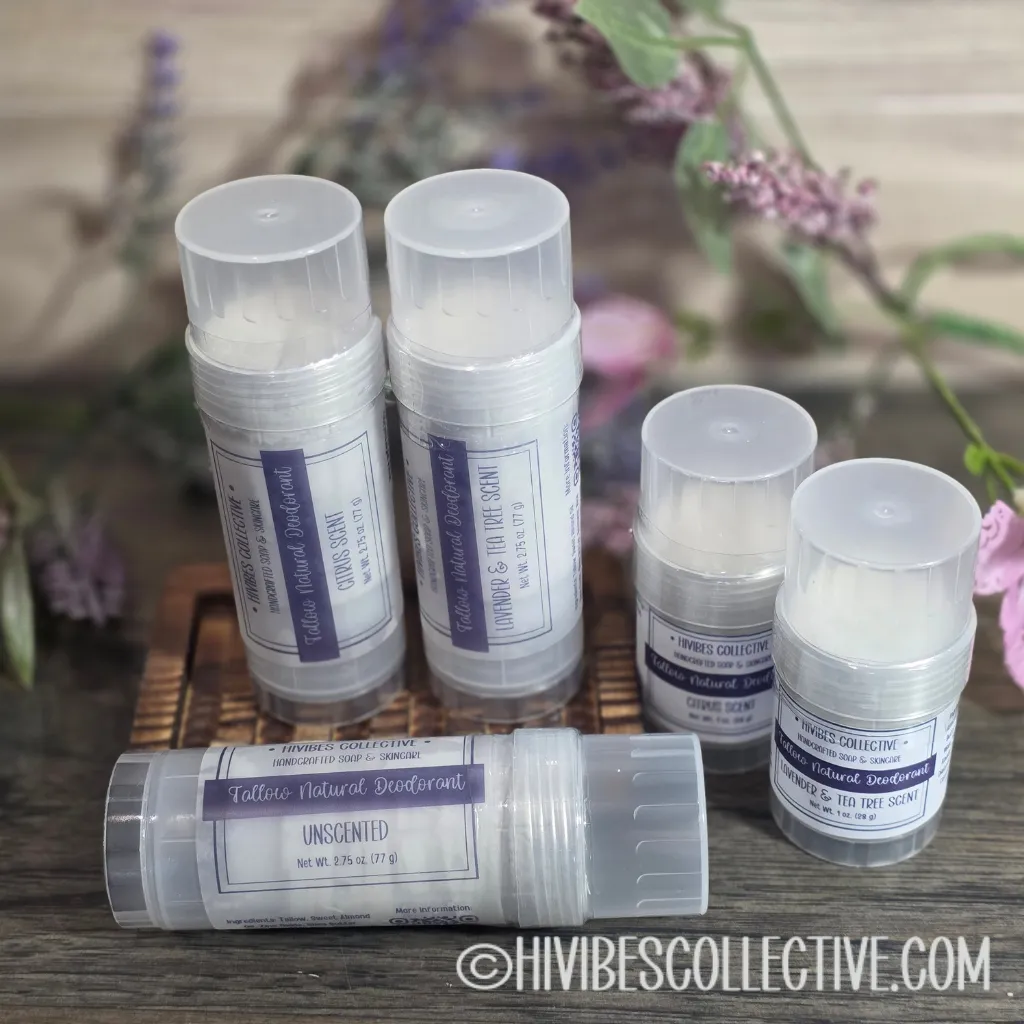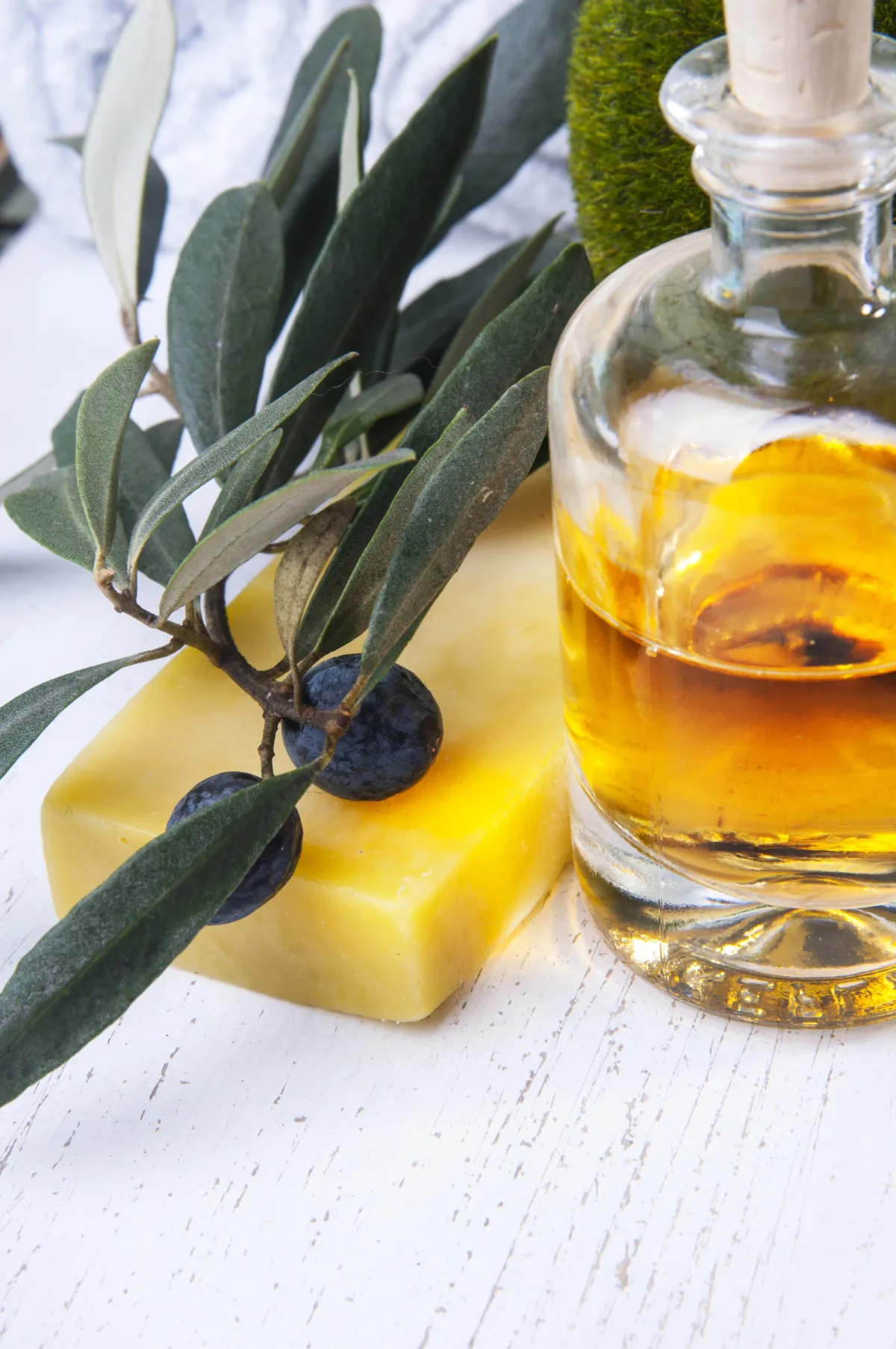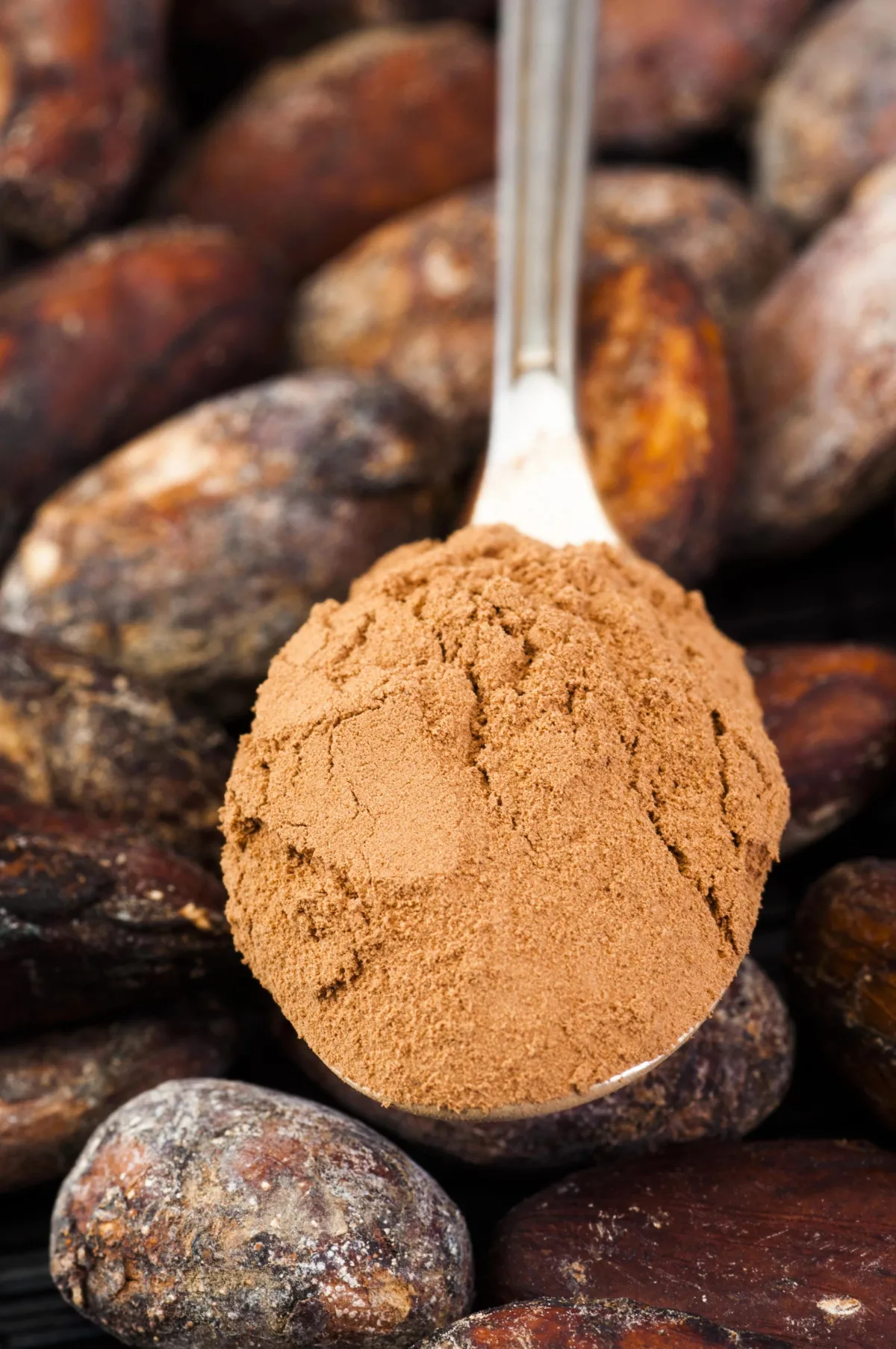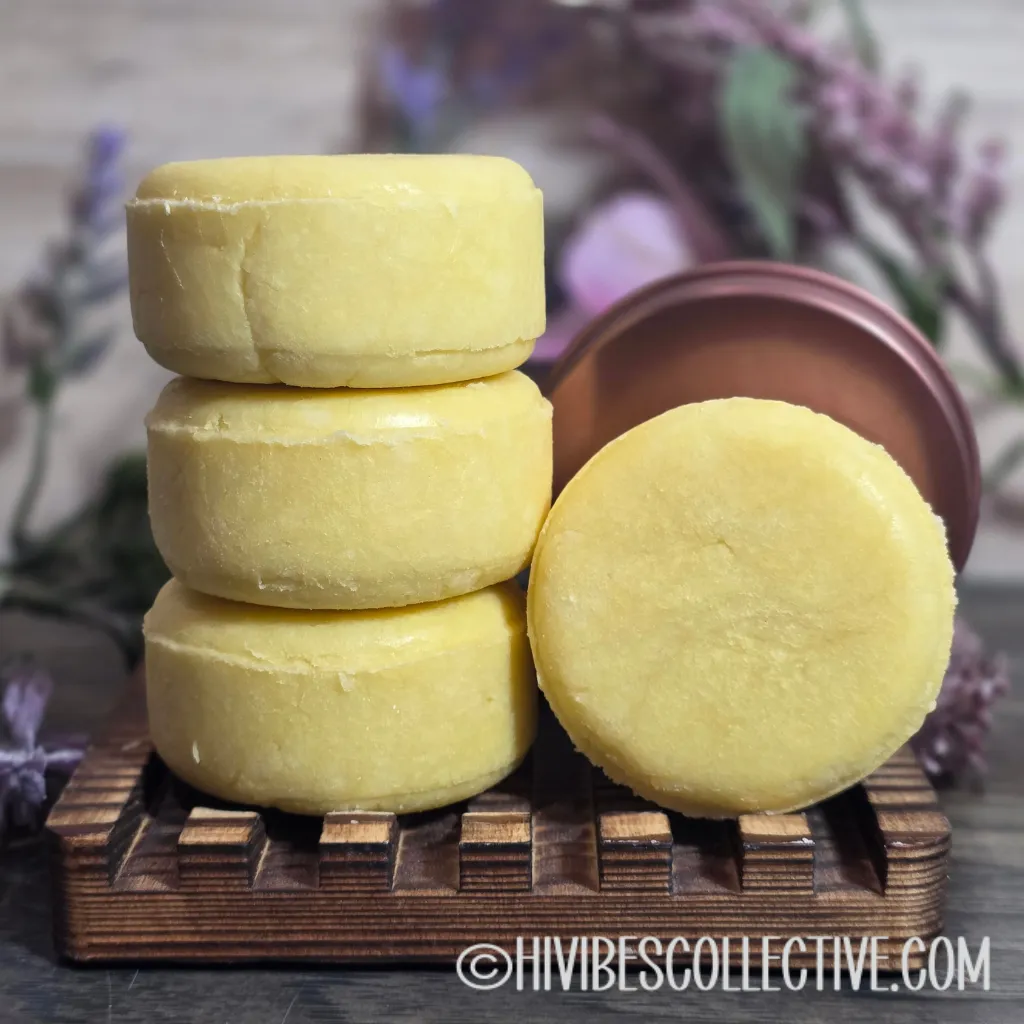Free Shipping for US Orders over $75
Natural Colorants
Nature provides an endless palette of stunning hues, making natural colorants the perfect choice for those who want beauty without compromise. Unlike synthetic dyes, which can contain harsh chemicals and artificial additives, natural colorants—sourced from botanicals, clays, and minerals—offer vibrant colors while bringing their own unique skin-loving benefits. From the detoxifying power of Activated Charcoal to the gentle exfoliation of Hibiscus Powder, each ingredient does more than just color your soap; it enhances the overall skincare experience.
Using natural colorants in soapmaking and skincare is a way to embrace purity and simplicity while celebrating the richness of nature. Clays like French Green and Kaolin provide soft, earthy tones while also absorbing excess oil and cleansing the skin . Herbal infusions like Alkanet Root and Indigo create stunning purples and blues, while plant-based powders such as Turmeric and Beetroot Powder bring warm, golden, and rosy tones—each with its own nourishing and skin-supporting properties. Whether you're looking for an alternative to synthetic dyes or simply want to connect with nature’s beauty, natural colorants offer a solution that is as gentle on the skin as it is on the environment.
Purple Brazilian Clay
Purple Brazilian Clay: The Luxe, Skin-Loving Colorant
Purple Brazilian Clay is a gorgeous, mineral-rich natural colorant that gives soaps and skincare products a soft lavender to deep plum hue. Sourced from the mineral-rich soil of Brazil, this clay is packed with magnesium, titanium, and silica, which help nourish, detoxify, and brighten the skin. Brazilian clays are known for their silky texture and skin-conditioning benefits, making them a fantastic addition to handcrafted soaps, masks, and scrubs.
In soapmaking, Purple Brazilian Clay adds a beautiful, stable color that won’t fade over time. It creates creamy, luxurious lather and helps balance oil production, making it a perfect choice for facial and body bars. Unlike some natural colorants, Brazilian clays don’t bleed or morph unpredictably in cold-process soap, ensuring consistent and elegant hues in each batch. For skincare, this clay is gentle yet effective, making it suitable for normal, combination, and mature skin types. It helps draw out impurities, refine pores, and brighten dull skin without over-drying. Because of its mineral content, it also supports skin elasticity and radiance, making it a wonderful addition to facial masks, body scrubs, and natural makeup formulations.
Best Uses: Cold-process soaps for soft purple hues; clay masks for detoxifying and brightening the skin; exfoliating body scrubs and mineral-rich bath soaks; tinted lotions and creams for a natural glow
French Green Clay
French Green Clay: The Deep-Cleansing Detoxifier
French Green Clay, also known as Illite Clay, is a legendary beauty ingredient sourced from quarries in France. Famous for its intense detoxifying properties, this mineral-rich clay has been used for centuries to absorb excess oil, draw out impurities, and refine pores. It gets its gorgeous green color from iron oxides and decomposed plant matter, making it one of the most nutrient-dense clays available.
In soapmaking, French Green Clay lends a soft green to muted gray-green hue, depending on usage. It enhances slip and silkiness, making it a wonderful choice for facial and shaving soaps. It also contributes to a dense, creamy lather while helping to balance oily or acne-prone skin. Its detoxifying nature makes it ideal for deep-cleansing bars.
For skincare, this clay is a must-have for oily, acne-prone, and combination skin types. It pulls out toxins, tightens pores, and gently exfoliates, making it a go-to ingredient for masks, scrubs, and blemish-fighting treatments. Despite its powerful absorption, it remains gentle enough for regular use, leaving skin refreshed and revitalized.
Best Uses: Deep-cleansing facial and body soaps; clarifying face masks for oily and acne-prone skin; detoxifying bath soaks and scrubs, shaving soaps for added slip and smoothness.
Kaolin Clay
Kaolin Clay: The Gentle Powerhouse for All Skin Types
Kaolin Clay, also called White Clay or China Clay, is one of the mildest and most versatile clays available. With a silky-smooth texture and gentle nature, kaolin is perfect for all skin types, including sensitive and dry skin. Used for centuries in cosmetics and skincare, this mineral-rich clay helps purify, soften, and brighten without stripping the skin’s natural moisture.
In soapmaking, Kaolin Clay adds a creamy, luxurious texture to lather, making it a favorite for facial bars and shaving soaps. It helps anchor scents, allowing essential oils to last longer in soap. Because of its mild absorbency, it’s excellent for those who want the benefits of clay without excessive dryness.
For skincare, kaolin clay is a natural skin-refiner, helping to gently remove dead skin cells while soothing irritation. It’s a go-to ingredient for dry, sensitive, and mature skin, as it absorbs excess oil without disrupting the skin’s moisture balance. Unlike stronger clays, kaolin doesn’t pull out as many oils, making it a great everyday detox for all skin types.
Best Uses: Facial and body soaps for a silky, creamy lather; shaving soaps for extra slip and glide; gentle face masks for dry and sensitive skin; natural powder foundations and dry shampoos.
French Pink Clay
French Pink Clay: The Ultimate Glow Booster
French Pink Clay is the queen of gentle detoxification and skin-brightening. A natural blend of white and red kaolin clays, this beautiful rose-colored clay has been used for centuries to boost circulation, improve skin tone, and restore radiance. It’s one of the most skin-friendly clays, making it perfect for sensitive, mature, and dull skin.
In soapmaking, French Pink Clay provides a soft blush to peachy-pink hue, creating elegant, feminine designs. It adds a velvety, creamy texture to lather and works beautifully in facial and luxury body bars. Unlike darker clays, it won’t overpower your soap’s color, giving a subtle and sophisticated touch.
For skincare, French Pink Clay gently exfoliates while reviving tired skin. It improves circulation, reduces redness, and enhances a natural glow, making it a favorite for dull or sensitive skin. It’s a wonderful addition to face masks, scrubs, and even lip care formulations.
Best Uses: Radiance-boosting facial and body soaps; gentle face masks for dry, sensitive, and mature skin; clay-infused scrubs and cleansing balms; blush and tinted skincare products.
Rose Clay
Rose Clay: The Romantic Skin Soother
Rose Clay is a rich, rosy-colored kaolin clay that is known for its gentle cleansing, oil-balancing, and skin-soothing properties. Slightly stronger than French Pink Clay, it provides a deep cleanse while remaining gentle enough for dry and sensitive skin.
In soapmaking, Rose Clay gives a deeper pink-to-rose hue, making it a stunning natural colorant for feminine, floral, or romantic soap designs. It enhances lather, provides silkiness, and helps detoxify the skin without over-drying.
For skincare, Rose Clay is excellent for exfoliating and refreshing the skin. It improves blood circulation, leaving the skin radiant and revitalized. Because of its balancing properties, it’s perfect for combination and mature skin types, offering purification without stripping natural oils.
Best Uses: Luxurious pink soaps for soft, silky skin; exfoliating masks for a radiant complexion; clay scrubs and body polishes; powdered facial cleansers and natural blushes.
Rhassoul Clay
Rhassoul Clay: The Moroccan Glow Booster
Rhassoul Clay, also known as Ghassoul Clay, is a luxurious mineral-rich clay sourced from the Atlas Mountains of Morocco. Treasured for centuries in Moroccan beauty rituals, this silky, fine-textured clay is known for its ability to detoxify, soften, and clarify the skin and hair.
In soapmaking, Rhassoul Clay creates earthy beige to light brown tones while adding silky slip and a creamy lather. It’s an excellent choice for face and body soaps designed to cleanse without stripping moisture.
For skincare, Rhassoul Clay is renowned for its ability to absorb oil, improve skin texture, and enhance natural radiance. It’s often used in facial masks, hair treatments, and gentle exfoliating scrubs to leave skin soft, toned, and refreshed.
Best Uses: Earthy-toned soap colorant with luxurious skin benefits; silky, skin-renewing face masks; gentle exfoliating scrubs and cleansers; detoxifying scalp treatments and hair masks.
Cambrian Blue Clay
Cambrian Blue Clay: The Deep Detoxifier
Cambrian Blue Clay is one of the rarest and most mineral-rich clays, sourced from ancient clay deposits in Siberia. Its deep blue-gray color is packed with minerals like zinc, iron, and magnesium, making it a fantastic choice for deep cleansing and skin renewal.
In soapmaking, Cambrian Blue Clay gives a natural gray-blue tone and enhances the silky feel of the lather. It’s ideal for clarifying and detoxifying soaps, especially for oily or acne-prone skin.
For skincare, this clay is a must-have for purifying face masks, gentle exfoliating treatments, and detoxifying scrubs. It’s known for its ability to absorb excess oil, tighten pores, and improve skin texture.
Best Uses: Blue-gray soap colorant with detoxifying benefits; deep-cleansing facial masks and scrubs; oil-balancing toners and facial treatments; clarifying scalp treatments.
Himalayan Rhubarb
Himalayan Rhubarb: The Golden Alchemy of Plant-Based Colorants
Himalayan Rhubarb (Rheum emodi) is a botanical powerhouse known for its bold yellow to warm orange hues when used as a natural colorant. Traditionally used in herbal medicine, this vibrant root has been cherished in Ayurveda for its cleansing and purifying properties. In soapmaking and skincare, it provides a beautiful natural color while also offering mild astringent and skin-toning benefits.
In soapmaking, Himalayan Rhubarb can shift from bright yellow to deep orange, depending on pH and concentration. Other types can turn dark red to purple hues. Infusing the dried root in oils or water before use helps control the final shade. It’s a fantastic natural alternative to synthetic yellows, making it a favorite for sunshine-inspired soap designs.
For skincare, rhubarb root has been traditionally used for its antioxidant-rich and anti-inflammatory properties. When infused into balms, toners, or serums, it helps brighten the skin and even out tone. It’s also rich in emodin, a natural compound known for its soothing effects on irritated skin.
Best Uses: Bold yellow-to-orange colorant for cold-process soaps; herbal-infused facial toners for brightening; skin-balancing masks for a fresh complexion; natural dye for bath products and hair care.
Purple Sweet Potato
Purple Sweet Potato: The Vibrant Antioxidant Booster
Purple Sweet Potato is as beautiful as it is skin-loving! This deep purple root is packed with anthocyanins, the same powerful antioxidants found in blueberries and acai.
Used in soapmaking, it creates stunning shades from lavender to deep purple, depending on how it’s prepared. In soapmaking, Purple Sweet Potato Powder provides soft lavender to deep violet hues, with color intensity affected by pH. It pairs beautifully with other natural colorants like Brazilian Purple Clay or Alkanet Root for layered or marbled designs.
For skincare, Purple Sweet Potato is rich in skin-nourishing vitamins and antioxidants, making it a great choice for masks, scrubs, and soothing formulations. It’s known to support collagen production and protect against environmental stressors, helping skin maintain a youthful glow.
Best Uses: Purple-toned soaps for unique, natural color; antioxidant-packed facial masks and scrubs, botanical-infused serums for radiant skin; colorful bath soaks with a skin-loving boost.
Madder Root
Madder Root: The Timeless Botanical for Beautiful Reds & Pinks
Madder root (Rubia tinctorum) has been prized for centuries as a natural dye, historically used to color fabrics in rich shades of red. This vibrant botanical has found a new home in soapmaking and skincare, where it provides gorgeous natural hues ranging from soft pinks to deep reds and purples, depending on how it's prepared. Madder root is not only a stunning colorant but also contains beneficial plant compounds that can help soothe and tone the skin.
In soapmaking, madder root is a versatile natural colorant that can be infused into oils or added as a powder to achieve different shades. Oil infusions tend to yield softer pinks and corals, while adding the powdered root directly to the soap batter can result in bolder reds and purples. The final color is influenced by factors like pH, concentration, and whether the soap contains high-heat oils like coconut. It’s an excellent choice for artistic swirls and layered soaps, adding a natural, earthy beauty to each bar.
For skincare, madder root has been traditionally used in Ayurvedic practices for its purifying and skin-brightening properties. It contains alizarin, a natural compound known for its anti-inflammatory and soothing effects. When infused into oils or toners, it may help promote a healthy, radiant complexion and support even skin tone. Its botanical richness makes it a unique addition to facial masks, herbal balms, and botanical-infused body oils.
Best Uses: Natural pink-to-red colorant for cold-process soaps; herbal oil infusions for soft, rosy hues in skincare products; ayurvedic-inspired masks and serums for skin brightening.
Tumeric
Turmeric: The Golden Glow Giver
Turmeric (Curcuma longa) is a beloved spice and skincare ingredient, known for its anti-inflammatory, antioxidant, and brightening properties. In soap and skincare, it provides a beautiful golden hue while offering skin-calming and complexion-enhancing benefits.
In soapmaking, Turmeric can give shades from soft gold to deep orange, depending on how much is used. It’s an excellent colorant for warm, earthy designs and works well in turmeric-infused soaps that target brightening and clarifying the skin.
For skincare, turmeric is highly valued for its ability to reduce redness, even out skin tone, and fight breakouts. It’s a favorite in face masks, serums, and creams for those looking to achieve a natural glow.
Best Uses: Bright golden color in soap and bath products; face masks for a radiant, even complexion; herbal-infused oils for skin-brightening benefits; ayurvedic-inspired scrubs and treatments.
Cranberry Powder
Cranberry Powder: The Berry Beautiful Booster
Cranberry Powder is a superfood ingredient packed with vitamin C and antioxidants that promote radiant, youthful skin. When used in soapmaking, it provides soft pink to muted rose hues, giving bars a delicate, natural elegance.
In soapmaking, Cranberry Powder’s color is pH-sensitive, meaning it may fade over time or shift to warmer pinks. It works best in cold-process soaps with a high percentage of natural butters and oils.
For skincare, cranberry powder is known for its skin-brightening and anti-aging properties. It helps fight free radicals, supports collagen production, and gives skin a fresh, youthful look. It’s wonderful in facial scrubs, masks, and toners.
Best Uses: Soft pink colorant for cold-process soaps; vitamin-rich facial scrubs and masks; skin-brightening serums and exfoliants; botanical bath soaks with a fruity twist.
Hibiscus Powder
Hibiscus Powder: The Blush of the Botanicals
Hibiscus Powder is nature’s rosy beauty booster, celebrated for its deep pink-to-red hues and skin-loving benefits. Rich in antioxidants, vitamin C, and natural acids, hibiscus has been used in skincare and haircare for centuries to promote glowing skin and strong, healthy hair.
In soapmaking, Hibiscus Powder provides shades from soft pink to mauve, though it may shift depending on pH. It’s a lovely natural colorant for floral-themed soaps and pairs beautifully with other botanicals like rose and chamomile.
For skincare, hibiscus is known as “nature’s Botox” due to its ability to promote skin elasticity, brighten the complexion, and gently exfoliate. It’s perfect for face masks, scrubs, and antioxidant-rich serums.
Best Uses: Soft pink-to-mauve soap colorant; exfoliating facial masks and scrubs; skin-brightening serums and toners; conditioning hair treatments for shine and strength.
Beetroot Powder
Beetroot Powder: The Naturally Bold Blush
Beetroot Powder is a vibrant and nutrient-rich plant-based colorant that provides beautiful shades of pink, red, and burgundy. Packed with vitamins, minerals, and antioxidants, it’s a wonderful addition to both soap and skincare for a natural beauty boost.
In soapmaking, Beetroot Powder creates soft pink to deep magenta tones, though its final color can shift with pH changes. It works best when infused into oils before adding to soap batter.
For skincare, beetroot is a gentle detoxifier that helps revitalize dull skin and promote a healthy glow. It’s often used in lip balms, blushes, and face masks for a natural flush of color.
Best Uses: Bold pink-to-red soap colorant; natural tint for lip balms and blushes; skin-rejuvenating masks and toners; detoxifying bath soaks.
Red Sandalwood Powder
Red Sandalwood Powder: The Earthy Elegance
Red Sandalwood Powder (Pterocarpus santalinus) is a deep reddish-brown botanical powder traditionally used in Ayurveda for skin purification and rejuvenation. Unlike aromatic sandalwood, this version is used primarily as a natural colorant and skincare ingredient.
In soapmaking, Red Sandalwood Powder creates warm red, terra-cotta, or brown tones, making it an excellent choice for earthy and rustic soap designs. It also provides a subtle exfoliating effect, enhancing the texture of bars.
For skincare, red sandalwood is prized for its ability to even skin tone, calm inflammation, and gently detoxify. It’s often used in facial masks, scrubs, and spot treatments to promote clear, radiant skin.
Best Uses: Warm red-to-brown natural soap colorant; ayurvedic facial masks for glowing skin; gentle exfoliating scrubs and powders; skin-balancing toners and pastes.
Mango Powder
Mango Powder: The Exotic Skin Brightener
Mango Powder, made from dried mango fruit, is a skin-loving powerhouse rich in vitamin C, enzymes, and antioxidants. Used in skincare for its brightening and exfoliating properties, it gently dissolves dead skin cells, leaving skin fresh and radiant.
In soapmaking, Mango Powder provides soft golden hues while offering a boost of natural fruit enzymes that help refresh the skin. It’s a great addition to summer-inspired soaps and tropical-themed formulations.
For skincare, mango is a natural skin-rejuvenator, helping to even skin tone, reduce dullness, and nourish the skin with hydration. It’s perfect in face masks, fruit enzyme peels, and body scrubs.
Best Uses: Soft golden soap colorant with mild exfoliating properties; skin-brightening face masks and scrubs; vitamin-rich body butters and lotions; fruit-infused facial peels for a healthy glow.
Alcanet Root
Alkanet Powder: The Herbal Indigo
Alkanet Powder, derived from the roots of Alkanna tinctoria, is a stunning deep purple-to-indigo colorant used in traditional herbal medicine and natural dyeing for centuries. It’s one of the best natural ways to achieve shades of deep violet, blue, or burgundy in soap.
In soapmaking, Alkanet Powder provides colors ranging from soft lavender to deep purple depending on pH and infusion time. It works best when infused into oils before adding to soap batter.
For skincare, alkanet is known for its soothing and cooling properties, making it great for calming irritated skin. It’s often used in lip balms, herbal salves, and soothing creams.
Best Uses: Deep purple natural soap colorant; herbal-infused oils for balms and salves; skin-calming facial treatments; natural lip and cheek tints.
Activated Charcoal
Activated Charcoal: The Ultimate Deep Clean Detoxifier
Activated Charcoal is the superstar of detoxification, known for its deep-cleansing, purifying, and oil-absorbing properties. Used for centuries in traditional medicine, this jet-black powder is made by superheating natural materials like coconut shells or hardwood, creating a highly porous substance that traps toxins and impurities like a magnet.
In soapmaking, Activated Charcoal is a dramatic, bold colorant that gives deep black, smoky gray, or speckled effects. But it’s more than just a pretty color—it’s famous for its ability to draw out dirt, oil, and impurities, making it an excellent choice for acne-prone or oily skin.
For skincare, Activated Charcoal is used in face masks, cleansers, and detoxifying scrubs to help clarify the skin, minimize pores, and control excess oil. It’s also a common ingredient in deodorants and scalp treatments, helping to neutralize odors and balance oil production.
Best Uses: Bold black soap colorant with purifying benefits; deep-cleansing face masks for acne-prone skin; detoxifying body scrubs and deodorants; oil-balancing scalp treatments and shampoos.
Indigo
Indigo Powder: The Deep Blue Botanical
Indigo Powder, derived from the Indigofera tinctoria plant, has been used for centuries as a natural dye for textiles, body art, and cosmetics. This rich botanical colorant produces stunning shades of deep blue, denim, and even soft grayish hues, depending on its preparation and the pH of the soap.
In soapmaking, Indigo Powder creates gorgeous blues that range from soft sky tones to deep navy. It blends well with other natural colorants, allowing for unique shades and artistic effects. Indigo is also gentle on the skin, making it a favorite for those who want natural, skin-safe colorants in their handmade soaps.
For skincare, indigo is known for its calming and anti-inflammatory properties, making it a popular ingredient in soothing balms, salves, and skin treatments. Traditionally, it has been used to help reduce irritation, support skin healing, and even balance excess oil production.
Best Uses: Rich blue natural soap colorant; gentle skincare treatments for soothing irritation; herbal-infused oils for balms and salves; blending with clays and other botanicals for custom shades.
Calamine Powder
Calamine Powder: The Soothing Pink Protector
Calamine Powder isn’t just a pretty pink—it’s a gentle skincare hero known for its calming, soothing, and anti-itch properties. A blend of zinc oxide and iron oxide, this soft pink powder has been used for centuries to soothe irritation, reduce redness, and protect sensitive skin.
In soapmaking, Calamine Powder gives a soft blush-pink hue while also providing a silky, soothing feel to the lather. It’s a fantastic choice for soaps made for sensitive or dry skin since it helps to calm irritation and balance oil production.
For skincare, calamine is a go-to for cooling sunburns, soothing bug bites, and reducing redness. It’s often used in face masks, lotions, and spot treatments to help with acne, rashes, and irritation-prone skin.
Best Uses: Soft pink natural soap colorant; soothing soaps for dry and sensitive skin; calming face masks and acne treatments; skin-protecting lotions and balms.
Matcha Powder
Matcha Powder: The Zen Green Glow
Matcha Powder isn’t just for tea—it’s a skincare powerhouse packed with chlorophyll, antioxidants, and skin-loving compounds. This finely ground green tea powder has been used in Japanese beauty rituals for centuries to reduce inflammation, fight free radicals, and brighten the skin.
In soapmaking, Matcha Powder creates a beautiful green hue while providing anti-aging and detoxifying benefits. It’s a great choice for gentle, refreshing soaps designed for all skin types.
For skincare, matcha is a favorite in face masks, scrubs, and toners for its ability to soothe redness, fight acne, and give skin a healthy glow. It’s also known for its natural caffeine content, which can help reduce puffiness and revitalize tired skin.
Best Uses: Bright green natural soap colorant; energizing face masks and scrubs; detoxifying facial cleansers and serums; soothing bath soaks and lotions.
Moringa Powder
Moringa Powder: The Green Superfood for Skin
Moringa Powder, made from the nutrient-rich leaves of the Moringa tree, is a powerhouse of antioxidants, vitamins, and minerals. Often called the “miracle tree”, moringa has been treasured in traditional medicine for its skin-rejuvenating and anti-inflammatory properties.
In soapmaking, Moringa Powder gives soaps a soft green hue, though the final shade can vary depending on pH. It also adds a boost of skin-loving nutrients that help hydrate, balance, and nourish.
For skincare, moringa is used in face masks, serums, and scrubs to help reduce signs of aging, even skin tone, and provide deep nourishment. It’s particularly great for dull or tired skin in need of a refresh.
Best Uses: Light green soap colorant with skincare benefits; antioxidant-rich facial masks and serums; revitalizing body scrubs and balms; deeply nourishing lotions and creams.
Cocoa Powder
Cocoa Powder: The Decadent Brown Beauty
Cocoa Powder isn’t just for chocolate lovers—it’s also a rich, skin-nourishing ingredient full of antioxidants, polyphenols, and skin-softening compounds. Used for centuries in skincare, cocoa helps boost circulation, hydrate skin, and fight free radicals.
In soapmaking, Cocoa Powder creates gorgeous brown hues, ranging from light mocha to deep chocolate tones. It also adds a touch of creaminess to the lather, making it a favorite for luxurious, indulgent soaps.
For skincare, cocoa is often used in face masks, scrubs, and body butters to help improve elasticity, hydrate dry skin, and provide a healthy glow. Plus, its natural scent can give skincare products a delicious, subtle chocolate aroma.
Best Uses: Rich brown natural soap colorant; antioxidant-packed face masks and scrubs; nourishing body butters and lotions; skin-softening bath soaks.
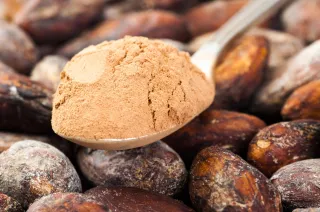
Yellow Dock root Powder
Yellow Dock Root Powder: Earthy Herb, Pretty in Pink
Yellow Dock Root Powder comes from the Rumex crispus plant, a resilient herb with roots deep in both the soil and herbal tradition. Native to Europe and Asia, and now naturalized across North America, Yellow Dock has long been treasured in folk medicine for its purifying properties. But here’s the delightful twist—in cold-process soapmaking, when Yellow Dock Root is infused into oils, it can surprise you with soft blush to dusky pink hues, adding a naturally romantic touch to your creations!
This rosy transformation is a soapmaker’s secret gem—a botanical that looks earthy in powder form but delivers a delicate, feminine hue once it hits the oils. Beyond its visual appeal, Yellow Dock Root is rich in natural tannins and minerals and has a reputation in traditional skincare for helping with blemish-prone or irritated skin. Though research is ongoing, it’s considered a gentle, skin-supportive herb.
Yellow Dock Root is non-comedogenic and typically well-tolerated. It's not as widely known in the world of natural colorants, making it a unique and enchanting addition to your artisan bars. Its unexpected pink tones and old-world herbal charm make it a standout for those who appreciate both the beauty and the backstory in their soap.
Annatto Seeds
Annatto: Golden Goodness from the Tropics
Annatto is nature’s answer to sunshine in a seed! Derived from the bright red-orange seeds of the achiote tree (Bixa orellana), native to Central and South America, annatto has been used for centuries by indigenous cultures—not just for its color, but for ceremonial body paint, natural dyeing, and even traditional healing. In cold-process soap making, it delivers a rich, golden yellow to orange hue that feels warm, earthy, and full of life.
This vibrant botanical colorant is rich in bixin, a natural carotenoid antioxidant, which gives annatto its glowing tones and may offer mild skin-conditioning and protective benefits. Typically, it’s infused into oils before being added to a batch of soap, creating anything from a pale golden swirl to a bold marigold bar. It pairs beautifully with citrus or herbal essential oils and lends a sun-kissed energy to your skincare collection.
Annatto is considered non-comedogenic and gentle on the skin, though—as with any botanical—it’s best to patch test for those with very sensitive skin. It's a sustainable and plant-based alternative to synthetic yellow and orange dyes, offering a clean label appeal and an exotic backstory. Affordable and easy to work with, annatto is a favorite for adding natural radiance and sunny personality to your handcrafted creations.
Paprika
Paprika: A Spicy Splash of Sunshine
Paprika isn’t just for seasoning your favorite dishes—it’s also a brilliant natural colorant that brings warm tones of orange to reddish rust into cold-process soaps. Derived from dried and ground sweet or hot peppers (Capsicum annuum), this cheerful spice is packed with carotenoids, especially beta-carotene, which not only contribute to its rich color but may offer skin-loving antioxidant benefits when used topically.
In soap making, paprika creates a lovely range of hues depending on how it's infused or added. Infusing paprika in oil before adding it to soap can result in gentle apricot or terracotta tones, while adding the powder directly can give a speckled, rustic charm to the final bar. Beyond its visual appeal, paprika is said to help stimulate circulation and has a history in folk remedies for its supposed anti-inflammatory properties, though in skincare it's primarily used for its natural, plant-derived color.
Paprika is generally considered non-comedogenic, meaning it’s unlikely to clog pores—though, as with all powdered botanicals, it's best used in moderation. It’s an accessible and sustainable ingredient, not particularly rare or expensive, making it a fun and approachable way to add a dash of natural vibrance to soap without synthetic dyes. Just one more way nature shows off!
HiVibes Collective
Handcrafted tallow soap & skincare using the very best local or authentically sourced ingredients.
Woods Cross, Utah, 84087
Handcrafted Hair & Skincare
©2025 HiVibes Collective • *Orgonite(TM) is a trademark of its respective owners.

